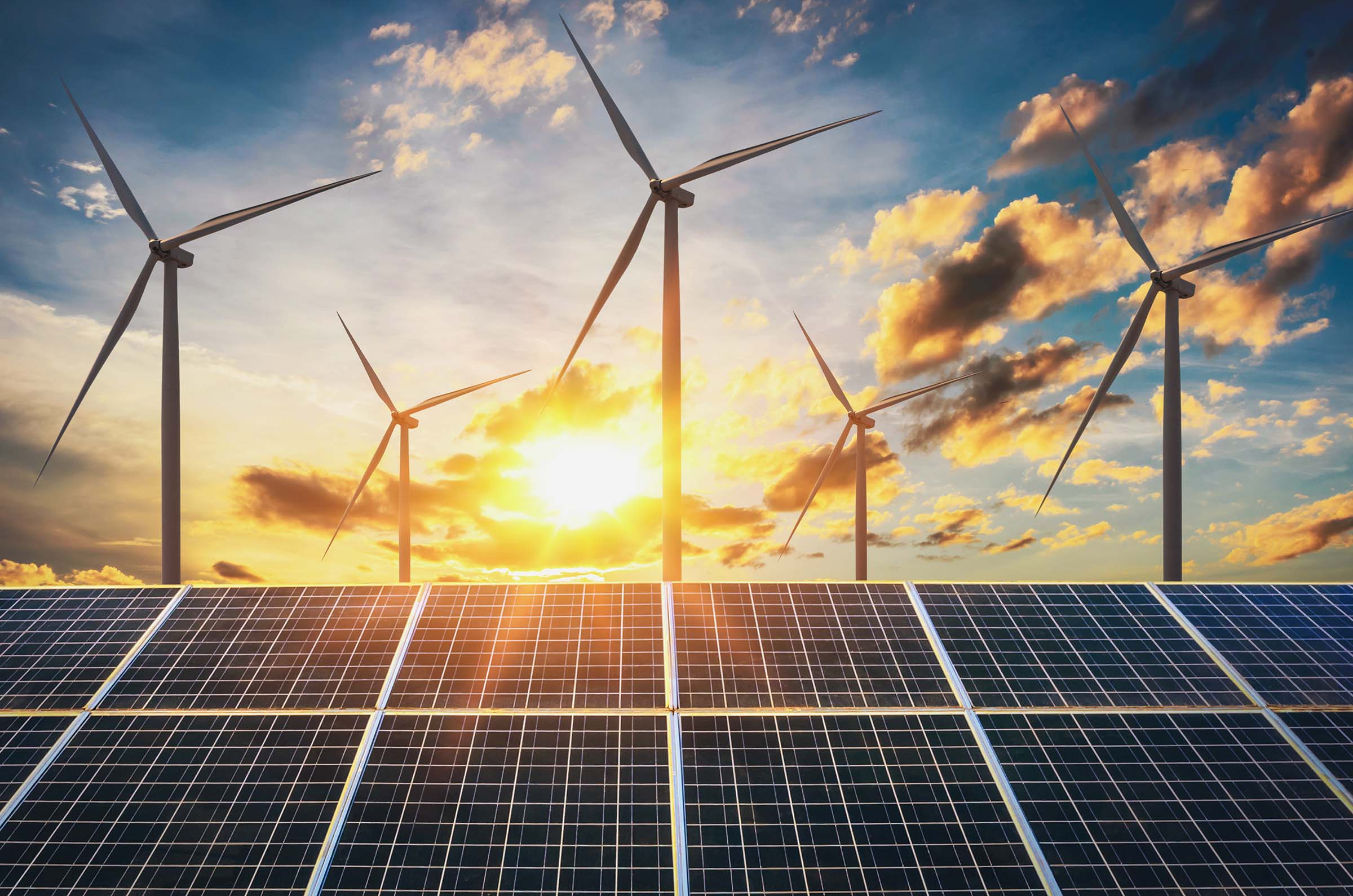By Linda Farinaccio
In a world where the only certain thing is uncertainty, only the agile survive. We took a look at what the future of the energy and mobility industries may hold and outlined our top five market predictions:
1. Focus & adaptability are not conflicting business statements
The COVID-19 pandemic is expected to trigger a global recession – now what? Will a post-COVID economy resemble a U, V or W-shaped economy? It is anyone’s guess. What we can say with certainty is that this is not a typical recession. Many companies will not bounce back and there will be significant changes among the companies that do come back as they mitigate the supply chain exposure that has held many hostage during this pandemic. Some analysts go further in forecasting a “global decoupling” that will see supply chains become less centralized around hubs like China. Governments will likely encourage this shift in response to national security concerns. We can thank the tactics of “modern piracy” to the provisioning of medical supplies for this. Whether decoupling will gain momentum or is unclear, but just the debate that surrounds this issue will create uncertainty for some time to come.
2. The consumer: Will the pandemic change their choices?
Economics 101 tells us that the resiliency of consumer demand is largely dependent on the level of household debt. Pre-COVID, many households in North America were increasingly living on borrowed, cheap money. With unemployment low, high household debt was manageable. That is likely to change as many countries face rising unemployment. Silver lining or wake-up call? We’ve seen how vulnerable the world is and the pandemic has raised awareness for social and environmental sustainability. Who hasn’t seen the images of clear water flowing through the canals of Venice or clear skies over LA? A return to pre-COVID ways would be illustrated as a failure of modern society in the history books. More likely, the gradual shift towards more environmentally friendly consumer choices gaining popularity pre-COVID will be accelerated moving forward.
3. EV makers: Tipping the scales of economy
Electric vehicles are more expensive than similar gas-powered vehicles for the sole reason of economies of scale. It’s a fact. Furthermore, consumer anxiety and cheap(er) gas prices (we’ll see how long that lasts) won’t help bridge this gap. Until ICE vehicles include the full cost of their environmental impact in the purchase price, consumers will continue to prioritize price. The conditions are ripe for increased investment in EVs and charging infrastructure as part of any country’s stimulus package – it creates jobs (not merely displacing existing ones) across the supply chain, contributes towards a long-term clean economy, and at scale, it makes EVs an uncompromising choice for everyone (not just the cool rich folks). For its part, China recently has extended its EV subsidies and tax exemptions to 2023. However, these extensions appear to limit incentives to locally manufactured vehicles only. The US, perhaps to protect US jobs, has rolled back fuel efficiency standards, which will further widen the price gap. Luckily, we can look to European and Asian automakers who will need to continue their investments in EVs to meet targets set in markets outside of the US.
4. Residential solar: A caterpillar must transform into a butterfly
Largely comprised of companies already facing labor shortages and making slim margins, a slowdown in demand for solar could spell trouble for several players. Even after manufacturing and supply chain issues get resolved, Bloomberg New Energy Finance expects global demands for solar to drop 16% this year, which would mean that 2020 would be the first down year for new solar capacity since the 1980s. On the flip side, countries such as Australia have reported record sales and many others are successfully adopting remote selling strategies (necessity drives innovation!). The growing interest for solar-plus-storage will keep the industry going, and for those companies that are able to ride through the volatility of 2020, sunnier skies lay ahead.
5. Electric grid operators: Recession-proof but not immune to structural changes
If an oil price war (aka market manipulation) between oligarchies wrapped in a global pandemic does not bring about deep structural changes in our energy markets, nothing will. The importance of energy, as a fundamental human need, was reaffirmed in the minds of everyone during this pandemic. The only thing worse than weeks of self-isolation is weeks of self-isolation without streaming movies or virtual happy hours with our friends. A real-world test of grid resiliency took place, and for the most part, it passed the test … with some luck from Mother Nature, who was on pause herself, and heavy industrial and manufacturing sites sat idle. Satellite images of before and after pollution levels over major urban areas and mapping those same areas with some of the highest mortality rates in the world from COVID-19, may be the realization we all need. We can only hope.
If logic prevails, utilities will double down in their critical role of building out EV infrastructure, whether through ratepayer programs or government stimulus funding, or through their core business of delivering electricity where needed. In the long-term, the role utilities will (should) play is a debate as an increasing number of decentralized or “non-wires alternatives” become available.
In war as in business, victorious armies keep their core mission the same but adapt their tactics in the field to suit the changing needs of the situation. So too must companies like dcbel adapt to the changing market situation. Our mission to deliver energy without compromise could not be more relevant in a post-COVID world. Rather than hoping for business-as-usual, let’s imagine something better!


